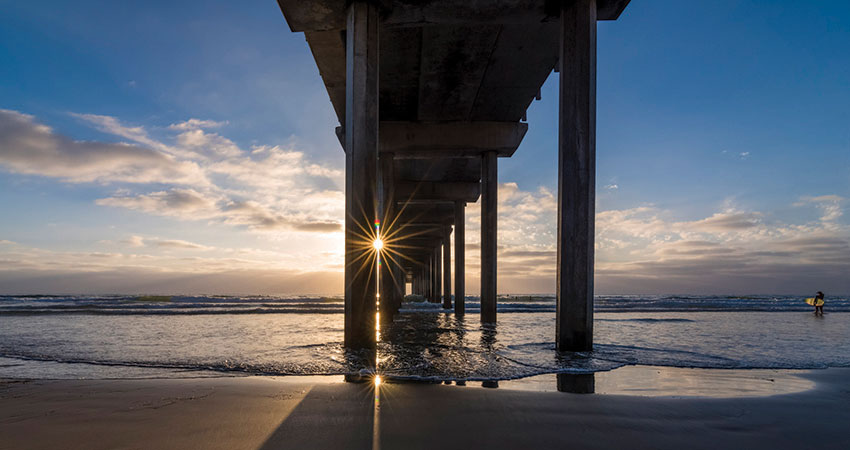
Talk abstract: Mixing is known to drive deep-ocean diapycnal velocity, but unknown details of near-bottom turbulence currently have us uncertain on its sign. Recent theory and inverse models have moved the discussion from energetics (“do we have enough Terawatts?”) to watermass transformation (“how does divergence of the buoyancy flux give rise to upwelling?”). In this context, the observed bottom enhancement of ocean mixing gives divergent buoyancy flux and thus downwelling in a 1D interpretation. The apparent paradox may be resolved by invoking zero buoyancy flux at the boundary, which leads to a narrow bottom boundary layer with a convergent buoyancy flux that allows upwelling. However, the physics of this near-bottom region and the applicability of a 1D model are not known. In the Boundary Layer Turbulence and Abyssal Recipes experiment, we are testing these ideas in a submarine canyon in the Rockall Trough off Ireland with i) tracer and fluorescein dye releases at the seafloor, ii) moorings directly measuring moorings and iii) a new specialized Epsilometer system allowing shear and temperature microstructure profiles from 5-400 meters above the bottom to be collected every 13 minutes. Tracer and dye confirm near-bottom upwelling consistent with Eulerian velocity measurements, while the microstructure data reveal a highly complex and three-dimensional fields that conspire to drive the upwelling - however, crucially, differential advection of the internal tide rather than diffusive processes sets the vertical length scales. This talk will provide an overview of the experiment and our current interpretation of how the complexity of the internal tide breaking process conspires to produce vigorous diapycnal upwelling and offshore-onshore exchange within the canyon




